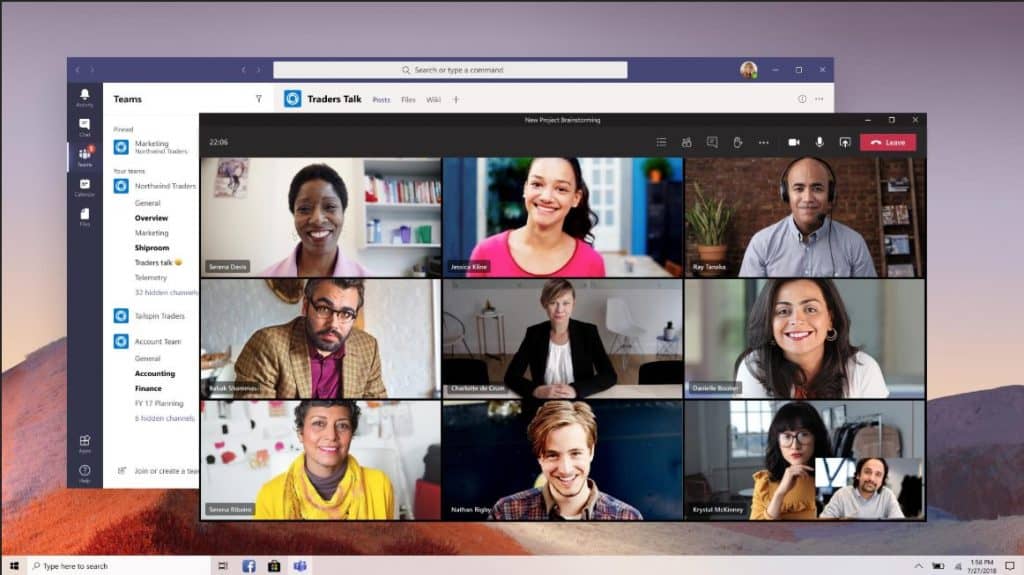
A little over a year ago, Microsoft started charging communication credits for minutes used in Teams conferencing above a certain threshold. In other words, if you are in a Teams meeting and dial out to a phone number, or have users dial out via the conference bridge, you’re using credits. Microsoft provides each user with 60 minutes a month. If you exceed your limit, you must replenish your credits through the admin console.
More on that in our previous post.
And while there are a bevy of benefits to using the dialing functionality for your Teams meetings, like for users who are on the road and in poor coverage areas or for less technically savvy users, there are some ways you can work around this.
Use the Teams App
The best way to avoid using the dial-out information is to make sure everyone has access to Teams on their devices and to directly access meetings through the Teams interface.
There is a Teams app for smartphones. Encouraging your users to download and log into the app on their mobile devices will more easily allow them to join meetings on the go.
Over the past year, Microsoft has drastically improved the mobile Teams app functionality and it works quite well in tandem with Teams on other devices. It will allow you to seamlessly switch back and forth between devices while in meetings. For example, if you are out and about and join a meeting via your smartphone and arrive to your desk, you can easily join on your workstation and Teams will give you the option to use both devices or transfer off of your phone.
 Encouraging Teams Adoption
Encouraging Teams Adoption
End user education and adoption is always the toughest part of rolling out a new software or tool. You can use the Microsoft 365 admin panel to pull usage reports to see who is and who isn’t using any of the Microsoft 365 applications.
It helps to enable and empower adoption champions within departments or work groups. Find those early adopters and give them the tools they need to encourage and help their colleagues use Teams.
 Encouraging Teams Adoption
Encouraging Teams Adoption